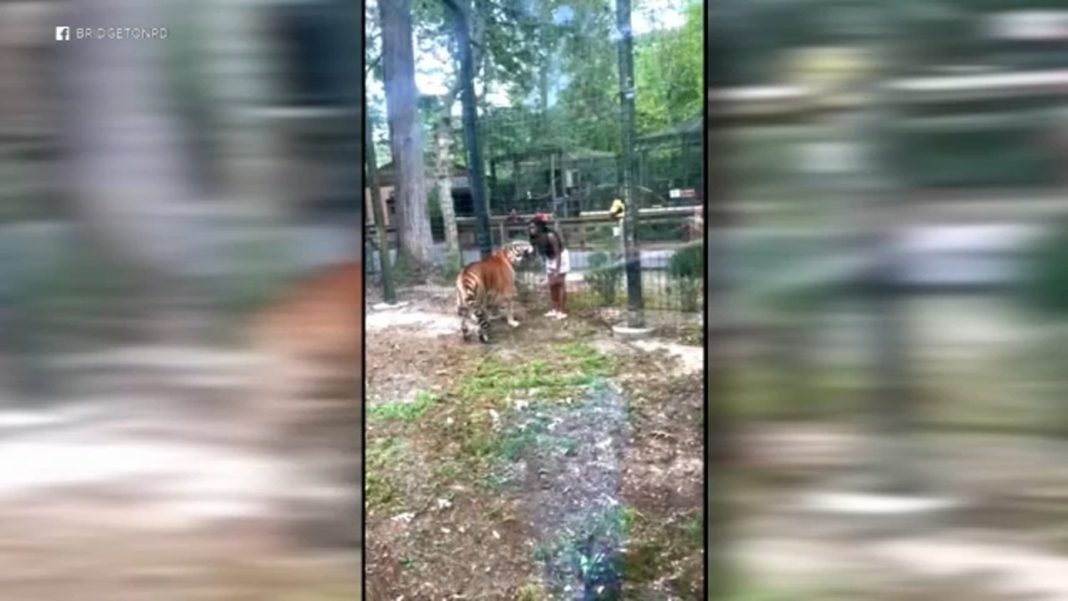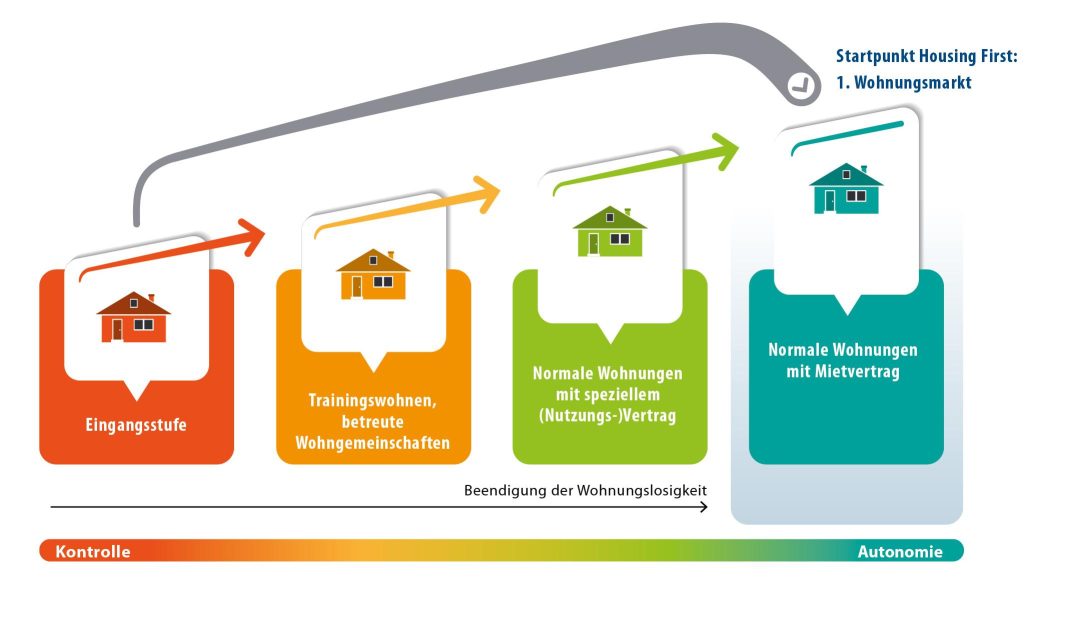
Possible Narrative:
Marblehead, Massachusetts – A jogger in Marblehead had a frightening encounter on Monday night when they were bitten by what officials suspect was a coyote. The incident occurred on Brown Street, located on Marblehead Neck, and thankfully, the jogger sustained non-life-threatening injuries, according to the Marblehead Police Department.
Upon investigation by Marblehead Animal Control, it was determined that the biting animal could potentially be a coyote. However, authorities are unsure whether the animal is rabid or not. The police department released a statement suggesting that this could be an isolated incident, speculating that the coyote may have been startled by the jogger.
In response to the incident, residents living on Marblehead Neck are being urged to remain vigilant and report any sightings of coyotes over the next few days. It is important for the community to stay informed and take necessary precautions to ensure their safety.
Coyote encounters are not uncommon in certain areas, and it is crucial to understand how to coexist safely with these wild animals. Coyotes are often found in urban and suburban areas and can adapt well to living near humans. While they are generally wary of people and avoid confrontations, occasional conflicts can occur.
To reduce the risk of negative encounters with coyotes, it is recommended to follow certain guidelines. First and foremost, it is important to never approach or feed a coyote, as this can lead to habituation and potentially dangerous behavior. Additionally, securing trash cans and removing other potential food sources can discourage coyotes from venturing into residential areas.
In recent years, there has been an increase in human-coyote interactions across the United States, prompting researchers and wildlife experts to study these animals more closely. Understanding coyote behavior, population dynamics, and their role in the ecosystem is crucial for effective management strategies.
According to a study published in the journal Wildlife Research, urban coyotes exhibit behavioral flexibility and adaptability, allowing them to survive and thrive in human-dominated landscapes. Their diet primarily consists of small mammals, fruits, and insects, but they are known to scavenge for food as well.
In terms of encounters with humans, it is important to note that aggressive behavior from coyotes is rare. Most conflicts arise when coyotes become habituated to human presence or when they perceive a threat to their pups or territory. Instances of coyote attacks on humans are extremely rare, but it is still essential to exercise caution and report any aggressive behavior to local authorities.
As communities continue to expand into natural habitats, human-wildlife interactions are likely to increase. It is crucial for residents to educate themselves about the local wildlife and take appropriate measures to coexist peacefully. Authorities are working diligently to monitor and manage coyote populations, ensuring the safety of both humans and animals.
In conclusion, the recent incident involving a jogger being bitten by a suspected coyote in Marblehead highlights the importance of being aware of wildlife in our surroundings. By staying informed and following recommended guidelines, we can minimize the chances of negative encounters with coyotes and other wild animals. Remember to report any coyote sightings or aggressive behavior to local authorities, and always prioritize safety when sharing our environment with these fascinating creatures.


